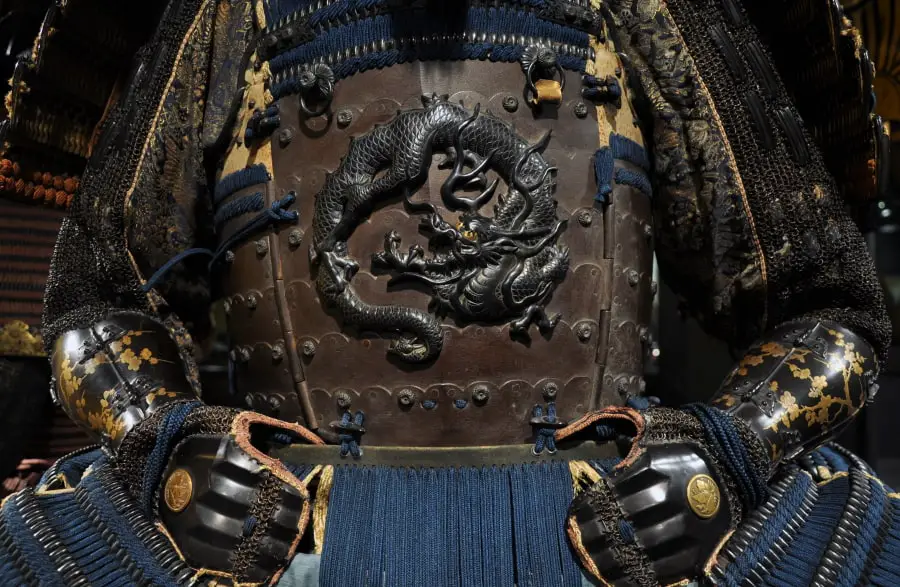
Samurai lived a life steeped in honor and the martial arts. Yet, what were those martial arts that they practiced and would someone be able to recreate the skills of the samurai today? The answer is a fascinating one.
The Samurai honed their styles of combat in grappling, striking, swordsmanship, archery, horsemanship, knot tying, as well as battlefield strategies. Their complete fighting system would have included the entire modern styles of Akido, Judo, Kendo, Iado, Karate, and many others.
Though, would someone today be able to train and live like the samurai did hundreds of years ago? If it would be possible to reconstruct this way of life and training, what would it look like and what are these styles? We can look at the larger categories of their training and then at the specific styles that would be needed today to figure it out.
Contents
The Larger Categories of Samurai Martial Arts Make Perfect Sense for an Ancient Warrior

Weapons Based Systems
These systems included ranged and close quarter combat weapons for use on the battlefield and in honor duels. The main use of most of the weapons of the Samurai were wartime conflict and land disputes between Diamyo (feudal lords). Unless a samurai warrior was fighting in a duel, the main use of their skills was in group combat.
Want to get your own Samurai Katana to display? I recommend this best seller for a single Katana on Amazon. If it is the full three piece setup you want I would get this complete setup from Amazon here.
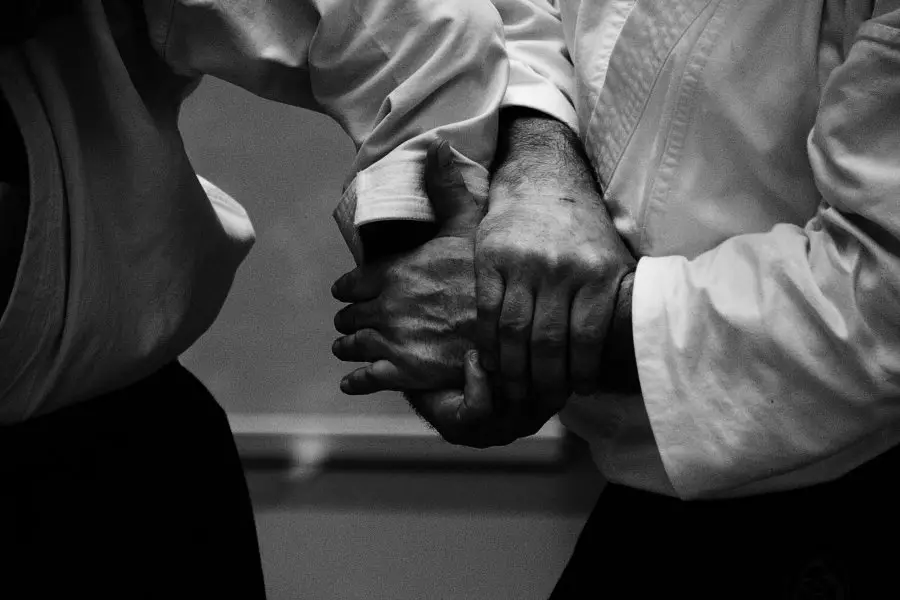
Grappling Based Systems
Ancient forms of Jujitsu and Akijitsu were practiced to aid in hand to hand combat when weapons were lost or damaged. Using the force of an opponent to off balance him was of extreme advantage when swords or knives were in use. A downed opponent in the face of an edged weapon attack was in a very vulnerable position.
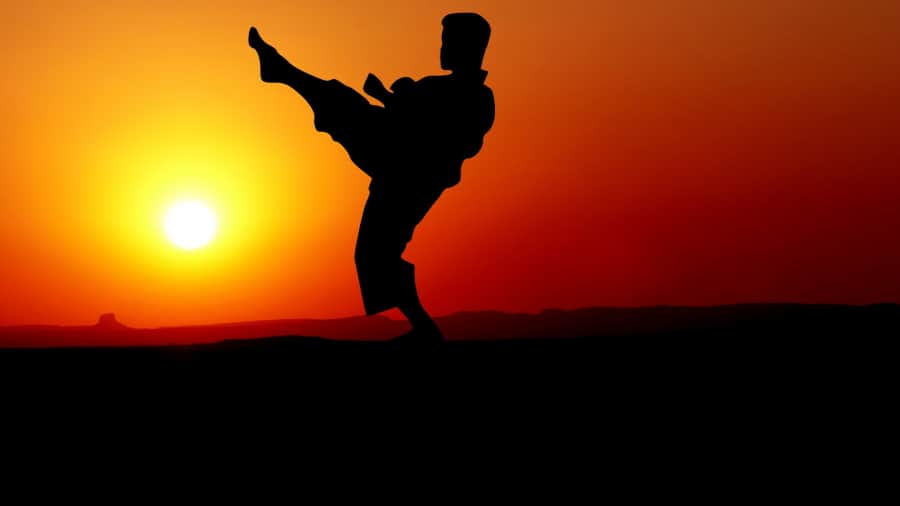
Empty Handed Striking Systems
Not only did empty hand striking hold an important position in a Samurai’s skill sets when a weapon was not accessible, but it was also an integral part of weapon based combat as well. Weaving in strikes using many parts of the body could disarm or incapacitate an opponent long enough to gain control.
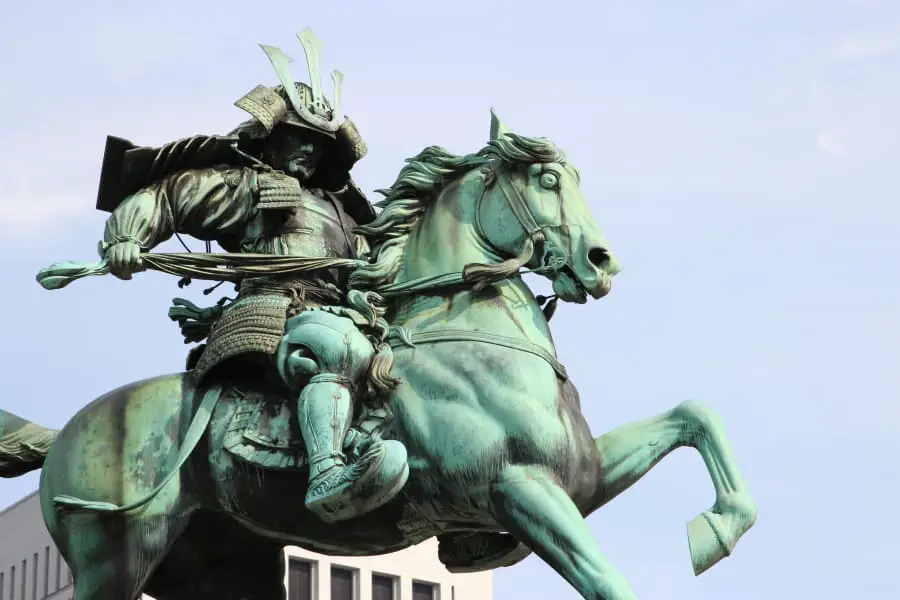
Horseback Skills
The ability to ride a horse well and fight from horseback gave a significant advantage to any army that could field a sizable group of them. They were the tanks of the ancient world. If used correctly, a mounted force of samurai in the right terrain could be a deciding factor for any battle.
The Fighting Weapons of the Samurai May Not Be So Useful Today
The Katana Japanese Sword
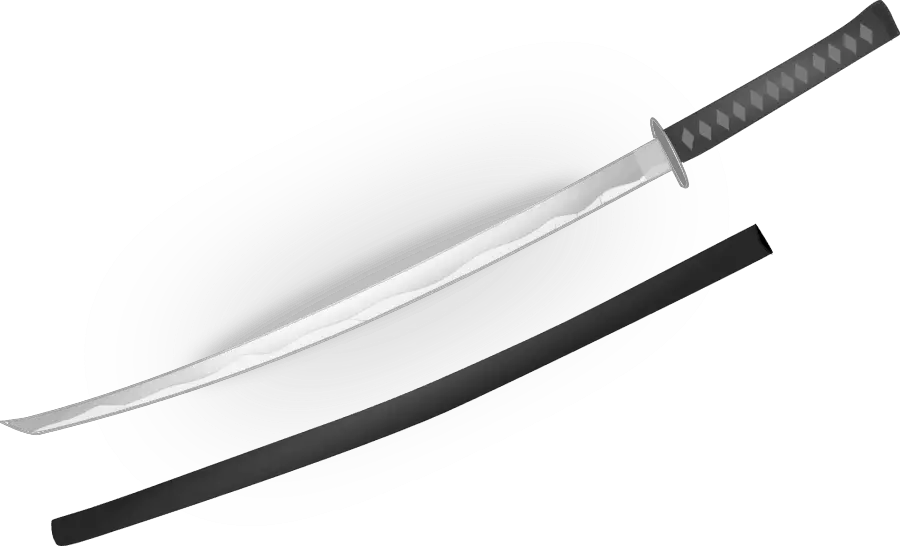
The evolution of this weapon went hand in hand with how it was used. Like most cultures of the sword, the blade started out relatively strait and was used more like a sharpened club. Later the blade gained its famous curve. With this physical change came the change in how it was used. It went from a crude hacking weapon to a highly stylized slicing Katana.
As the way of the samurai evolved over the years, they began carrying two and then even three swords. The longer was for outdoor combat or duels. The middle length one was used for indoor combat or the defense of dignitaries against indoor threats. The third and shortest was used in ritual suicides in later periods allowing for reestablishing the honor of family names.
The styles we see today that study the later curved version of this sword are…
- Iado – the art of drawing the sword for sudden attack or defense.
- Kendo – the art of sword attacks using armor (sport included)
- Kenjutsu – the art that claims to synthesize the others and form a complete system
The Bow and Arrow Ranged Weapon
A less popularly known weapon of the samurai was the bow and its related archery skill. According to Yamamoto Tsunetomo, the author of the Hagakure: The book of the samurai, if a man is the master of one thing, he is useless. A warrior should be good at many things so in all situations he can be useful.
One very beautiful art form still practiced today in Japan is Yabusame, horse archery of the samurai. The precision and perfection attempted by these practitioners is inspiring.
The Naginata
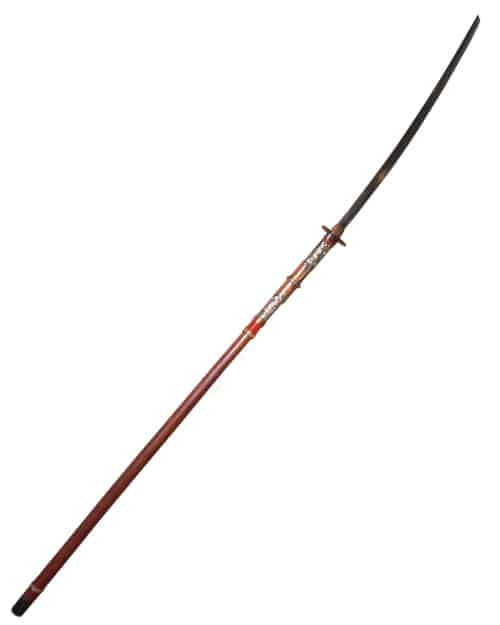
The weapon was carried by foot soldiers and used as a cross between a spear and a sword. Not unlike many militaries facing horsemen around the world, they gave the standing warrior the ability to reach a mounted foe.
To the fan of historical samurai culture, the naginata has become a symbol of the samurai second only to the katana sword. Yet, in reality it was a very battle specific and situational weapon. The newer style today teaching its use is called Naginatajutsu.
Here is a great Naginata you can display in your home that I recommend from Amazon.
The Samurai Weapons Takeaway…
It is clear that Samurai were ancient soldiers and much of their time was spent preparing for battle. Though there are still arts practicing their use today, carrying and using these weapons in combat for soldiers or by citizens for defense is just impractical. That is not to say their use in traditional arts for enjoyment of culture and history are not a valid pursuit.
What is evident is that soldiers of today, trained in weapons of war and defense tactics of our modern age are not that much different than their ancient Japanese counterparts. They just possess different tools and the corresponding skills.
The Modern Grappling Arts Based On Samurai Training
Jujitsu and Judo

Jujitsu is the Japanese predecessor of the relatively recent sport of Judo. Both emphasize taking someone’s balance, throwing them to the ground, holding them down, and if necessary applying larger joint manipulations or choking techniques.
The split off of Judo (the gentle way) from Jujitsu (the gentle art) was instigated by Jigoro Kano in 1882. He wanted to take out techniques that could not be practiced at full speed with training partners. Due to this shift towards what we now call sport, Judo became and official Olympic sport in 1964.
Aiki-jujutsu and Aikido
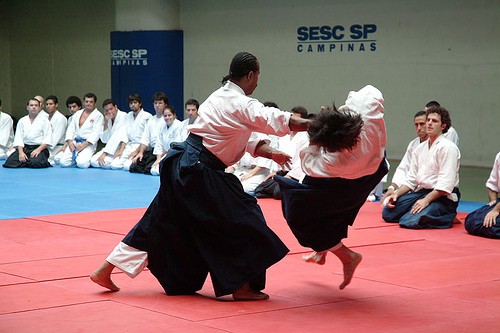
Whereas Judo and Jujitsu emphasize gross motor movements in throwing and locks of larger joints, Aikido and its predecessor Aiki-jujutsu utilize more manipulations of smaller joints. These techniques like those of Jujitsu were all used by samurai to more or less degree depending on the situation and the individual.
The difference in these two specific styles is the incorporation of ‘hard techniques’ such as striking in Aiki-jujutsu. Aikido has become a very artful flowing style and has developed a sense of beauty in its movements. Some claim, and rightly so, that this also decreases its effectiveness as a combat or defensive system.
Empty Hand Striking Art Developed Around Ancient Samurai Principles
Karate
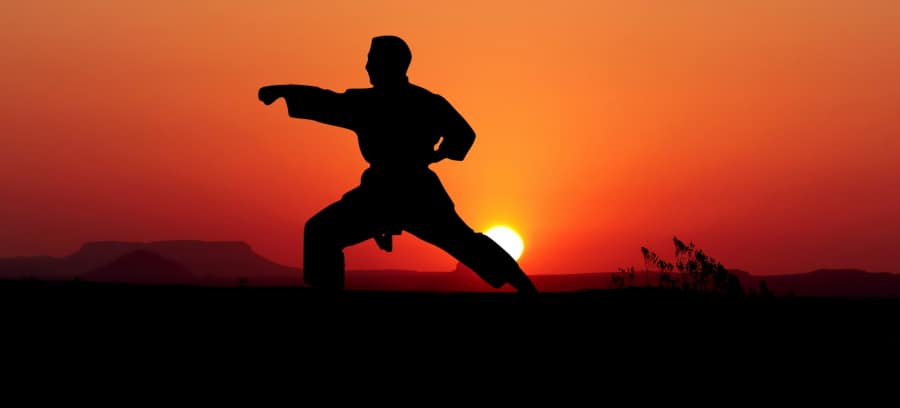
This system first started in China and made its way to the southern Japanese island of Okinawa. At first it was called Toudi ‘Chinese Hand’, but eventually due to conflict with China it became more popular to call it ‘Empty Hand’ or Karate. A similar thing happened in Korea with TangSooDo (meaning the ‘China Way’) which they changed to TaeKwonDo (meaning the way of the hand and foot).
It is a little known fact that the name Karate did not appear until 1936. Though the samurai did most definitely utilize empty hand techniques, as warriors and soldiers, it was more of an additive to their other systems. Even if the word Karate is a more recent name given to the study of empty hand arts, its roots most definitely hail from feudal Japan.
Another interesting fact – Karate’s debut as an Olympic sport: The 2020 Olympics.
Conclusion
The ‘way of the warrior’ or Bushido is still very much alive and well today. If you look at the military training of most branches of any country’s forces, you will see the same elements that made up the ranks of samurai armies. They will have empty hand training combined with grappling and a strong emphasis on the weapons based on current military standards. Tank and artillery divisions now take the place of the mounted horse warrior.
Could someone feasibly study the same types of martial arts as the samurai? Sure, they were soldiers. With today’s modern military training, millions of people around the world live the same sort of life every day.
